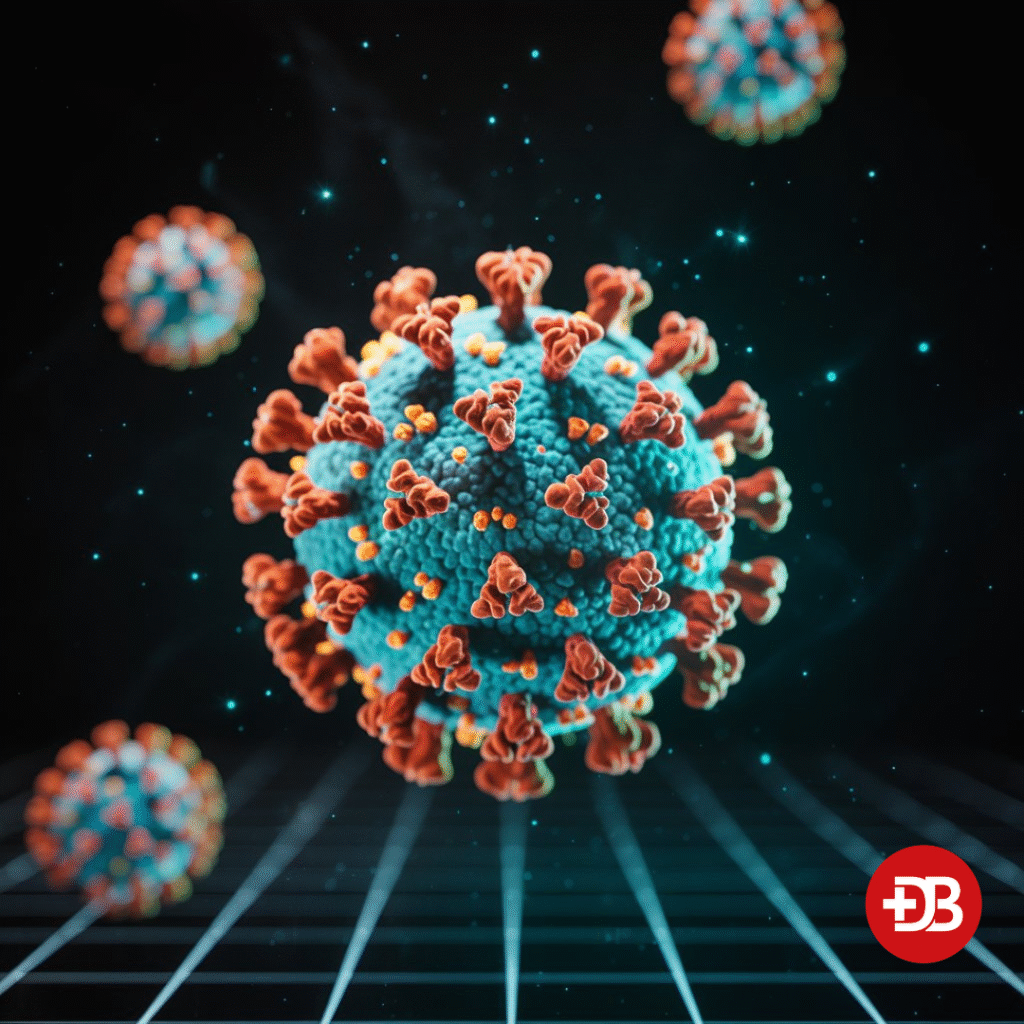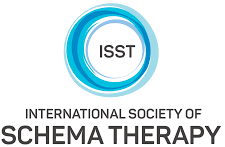
Hand Hygiene: A basic tool to fight the biggest problems.
Hand hygiene is one of the simplest yet most powerful ways to prevent the spread of infectious diseases. Our hands come into contact with countless surfaces throughout the day, collecting germs that can easily transfer to our mouths, eyes, or noses without us realizing it. Washing hands regularly with soap and water for at least 20 seconds helps remove dirt, bacteria, and viruses effectively. In situations where soap and water are not readily available, an alcohol-based hand sanitizer with at least 60% alcohol can serve as a good alternative.
Some of the critical moments for handwashing include before eating, after using the restroom, after coughing or sneezing, and after touching potentially contaminated surfaces such as doorknobs or shared electronic devices. One major group that should be kept in mind is school-aged kids. They, especially, should be taught these practices early, for two main reasons. Firstly, because the earlier they are taught, the easier it is to become a habit, and secondly, as their immune systems are still developing, it makes them more vulnerable and hence prone to infections.
Good hand hygiene habits, practised consistently, can significantly reduce the likelihood of getting sick or spreading illness to others. A major component of hygiene and self-care is regular reinforcement of proper handwashing technique, including scrubbing between fingers and under nails, which is essential to its effectiveness. Maintaining clean hands remains a fundamental public health measure across all environments

Does washing hands prevent the flu?
Colds and the flu are among the most common viral infections that affect people worldwide, particularly during the colder months. Caused by different viruses—rhinoviruses in the case of colds and influenza viruses for the flu—these illnesses are easily transmitted from person to person through respiratory droplets. Symptoms can include sore throat, runny nose, coughing, sneezing, body aches, and fatigue.
While colds tend to be milder, the flu can lead to serious complications, especially in young children, older adults, and those with compromised immune systems. These viruses can live on surfaces for several hours, making indirect transmission through contaminated hands or objects a significant concern.
Preventative strategies such as vaccination for the flu, staying home when sick, and avoiding close contact with infected individuals are critical in reducing the spread. Both illnesses emphasize the importance of personal hygiene practices, including covering your mouth and nose when coughing or sneezing and avoiding touching your face. As there is no cure for the common cold and limited antiviral treatments for the flu, prevention becomes the most reliable defense. Staying well-rested, hydrated, and maintaining good nutrition can also support the immune system during flu season and beyond.
What about the coronavirus?

The emergence of the coronavirus, particularly SARS-CoV-2, highlighted the global impact of respiratory viruses and reinforced the importance of basic hygiene practices. Like colds and the flu, COVID-19 spreads primarily through respiratory droplets and contaminated surfaces, but with often more severe consequences. Proper hand hygiene took center stage as a key preventive measure during the pandemic, alongside mask-wearing and physical distancing. Washing hands thoroughly and frequently helped limit the virus’s ability to spread within communities, workplaces, and healthcare settings.
The emphasis on hand hygiene was not new, but the scale of the pandemic underscored how such a simple action could have far-reaching effects in controlling outbreaks. Public health campaigns around the world promoted handwashing as one of the first lines of defense. In addition, regular disinfection of high-touch surfaces and avoiding touching the face became critical habits.
The coronavirus experience has changed how societies think about personal hygiene and public health preparedness. While vaccines and treatments are essential tools, individual behaviors like consistent hand hygiene remain crucial in reducing transmission, protecting vulnerable populations, and supporting broader health interventions during pandemics and seasonal illness spikes.













